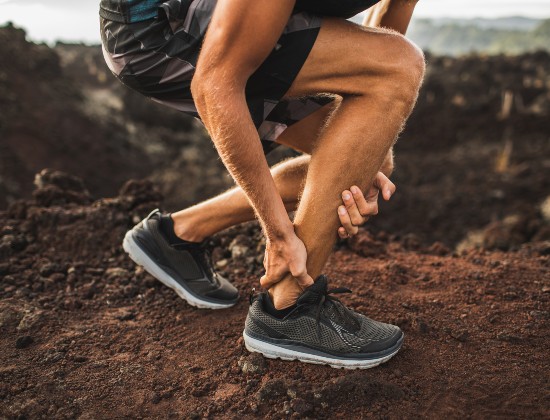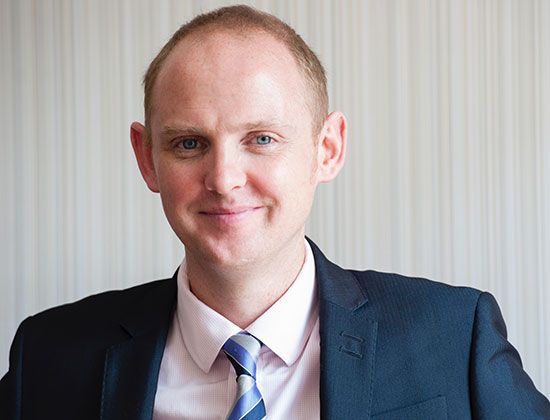Higher numbers of Achilles tendon ruptures due to increased activity levels
26 October 2021
Getting back to normal life over the last few months has been harder for some than others. And particularly for people playing competitive sport who have returned to activity levels they hadn’t experienced for over a year.
As a result of this, Fortius Consultant Foot and Ankle Surgeon Mr Andy Roche has seen a dramatic rise in injuries particularly to the Achilles tendon as he explains below.
Not surprisingly people want to simply be outside and play sports but they may not be as well conditioned as they were before their activities were limited and this can lead to injuries such as Achilles tendon ruptures.
If you relate this to elite sport, we can potentially correlate this type of injury to athletes who suddenly increase their activity levels or go from, for example, a more junior level to a more senior level or take part in a sport they are not used to. It can also happen after long periods of rest.
Achilles tendon rupture is a common injury that is most often seen in a sporting environment or sporting population. It is a painful injury to suffer immediately but after the initial period of discomfort following direct injury, the pain can subside quite quickly.
Undoubtedly the biggest cause of this injury is exposure to activity and sport. Certain people may well be predisposed to having such an injury but in a young athletic population it is almost always in a previously well person with often a previously normal feeling tendon.
The pain can be very sudden and is always centred around the lower calf muscle or Achilles tendon. People often feel like they have been hit or struck by an object but quickly realise that it is almost always an injury with no other person or object near them.
My advice is to get medical attention as soon as possible, typically within 24 hours of the injury so that the diagnosis can be made and the appropriate treatment initiated. This will almost always be in the form of an immobilisation brace or plaster cast with the foot in equinus (toes pointing down like a ballerina).
Diagnosis is usually straightforward as the pain is localised around the Achilles tendon and tenderness, swelling and bruising are possible. It is normally easy to make the diagnosis without scan equipment but I would advise getting an ultrasound scan, especially if surgery is being considered. This can be advised by the health practitioner at the initial assessment.
It can take some time to fully recover from an Achilles tendon rupture depending on the participation level in sports etc and often we see those injured taking six months or even longer to make a full recovery. The type of treatment is broadly speaking surgical repair or non-surgical/conservative treatment. This is decided after thorough consultation and can depend on many factors for example the patient’s general health, their activity levels and the type of injury sustained. Irrespective of whether an operation is performed or not, recovery is split into different phases. People are usually walking within two weeks of surgery or conservative therapy but will be using an immobilisation boot, for example. Gradually the activity level increases over time, in parallel with the gradual strengthening of the healing tendon.
Preventing an Achilles tendon rupture is difficult because the people it often occurs in can be extremely well conditioned and theoretically very fit. My advice would be to maintain good levels of fitness and keep muscles as strong and supple as possible. Activity levels should be monitored and if there is any suspicion of discomfort or pain around the tendon then appropriate advice should be taken along with possible rest periods.
If people have any associated illness, for example diabetes or inflammatory arthritis, then these should be controlled as best as possible.
Rapid, sudden increases in activity levels should be avoided where possible and people should ensure that they condition themselves appropriately so they can take part in the sports that they want to in a safe and controlled manner. Of course, even with all of the above, people can have an unexpected injury from simply accelerating from rest to kicking a football. All they can do is try to stay as healthy as possible!



